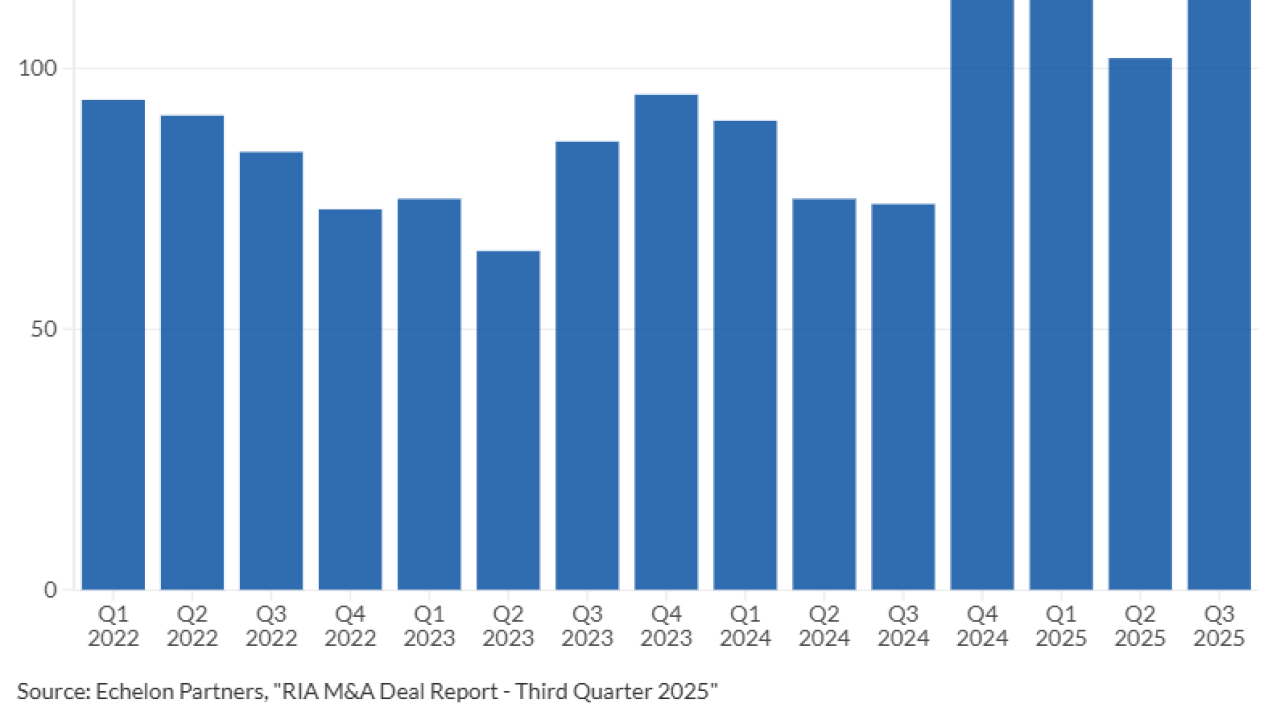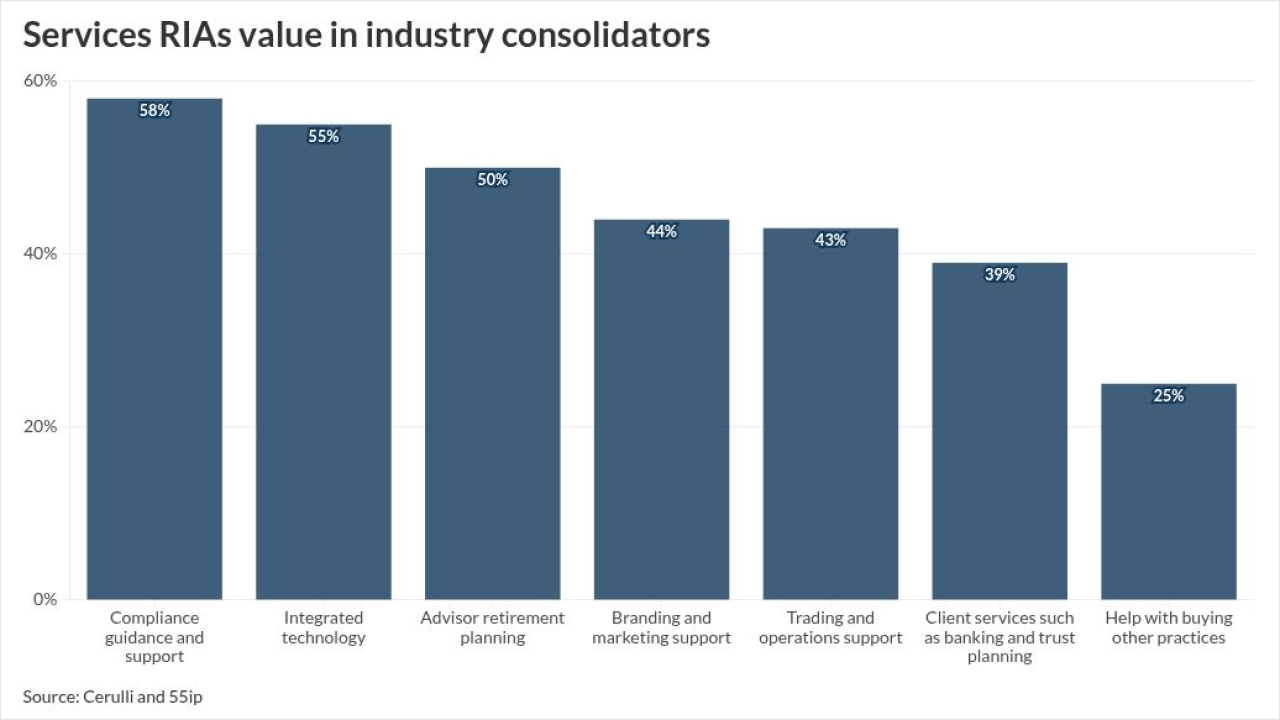Of all the numbers involved in financial planning, only one has the power to determine an investor's entire asset allocation: the risk score. But as this metric's influence has grown, some researchers and advisors say the reign of the risk score has gone too far.
"The way the industry uses risk scores is absolute trash," said Noah Damsky, founder of
When a financial advisor takes on a new client, often one of the first things they'll do is have the investor answer a risk tolerance questionnaire. These quizzes are easy to find online and are offered by many of the biggest firms in wealth management. After processing a client's answers, the questionnaire quickly calculates a number — usually between 0 and 100 — representing the person's risk tolerance.
In some cases, the advisor will then decide the client's asset allocation — the ratio of stocks, bonds and other assets in their portfolio — all based on that score.
Some say that's too much power for one number. A
"For too long, the industry has been outsourcing asset allocation decisions to the risk score," Nebo wrote. "This approach often results in portfolios that are disconnected from actual client goals and are unresponsive to changes in clients' financial situations."
Many financial advisors have noticed this disconnect. According to a survey Nebo conducted, about 60% of wealth managers found it difficult to align clients' financial plans with their investment portfolios based on the risk score. And 89% felt there was a "gap" between financial planning and asset management.
"There's a sort of fundamental, widespread problem hiding in plain sight," said Martin Tarlie, a portfolio designer at Nebo and one of the study's co-authors. "The problem is that what advisors are doing on the planning side is disconnected from what they're doing on the investment side."
READ MORE:
The root of this problem, Tarlie said, is that wealth management is relying on one number to determine too many things. Instead, Nebo argues that advisors should factor in the "three pillars" of investment: the client's required rate of return, risk tolerance and time horizon.
Notably, these criteria do include a risk score — it's just not the only factor.
"What we're saying is, the current process is overly reliant on the risk score," Tarlie said. "It should be more balanced between all of those things."
Some critics go even further. Damsky, for example, said he doesn't use risk scores at all anymore, because he believes the way they're calculated is inherently flawed.
"They're ineffective because the inputs are low quality," Damsky said. "Asking a consumer to self-reflect and evaluate their tolerance for large drawdowns, for example, is a bad measure of risk. Consumers are not the best at self-reflection in this regard, so the ultimate score is not useful."
Others say the measurement is a useful starting point, but no more than that.
"Risk scores are the start of the conversation, but not the final determining factor for an asset allocation decision," said David Shotwell, president of
In its study, Nebo pointed out that two very different clients can end up with the same risk number. Investor 1, in the example, is 30 years old, makes a $75,000 salary and has $40,000 in his retirement account. Investor 2 is 60, makes $160,000 and has $800,000 in her account.
Both these investors would have a risk score of 60, meaning they should each invest in a 60/40 portfolio — 60% stocks, 40% bonds. But should these two people — with their vastly different time horizons, savings and incomes — have the exact same asset allocations? Nebo thinks not.
READ MORE:
"Even at a cursory glance, it is clear these clients have very different circumstances," Nebo wrote. "A 60/40 portfolio could be the right allocation for them depending on their goals and objectives, but without understanding those goals, putting the client directly into a 60/40 solely based on their risk score is just another version of autopilot."
Tarlie emphasized, however, that the paper does not advocate getting rid of the risk score altogether. It just argues that other factors should be given equal weight.
"We're not saying throw the baby out with the bathwater," Tarlie said. "It's really important. But it needs to be incorporated into the process in the appropriate way."






